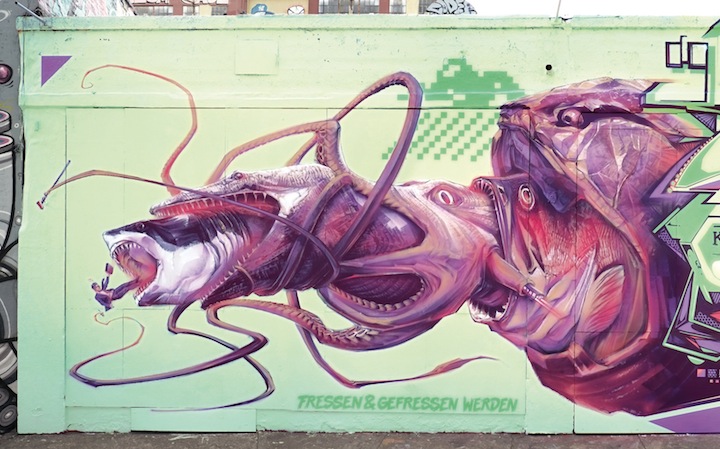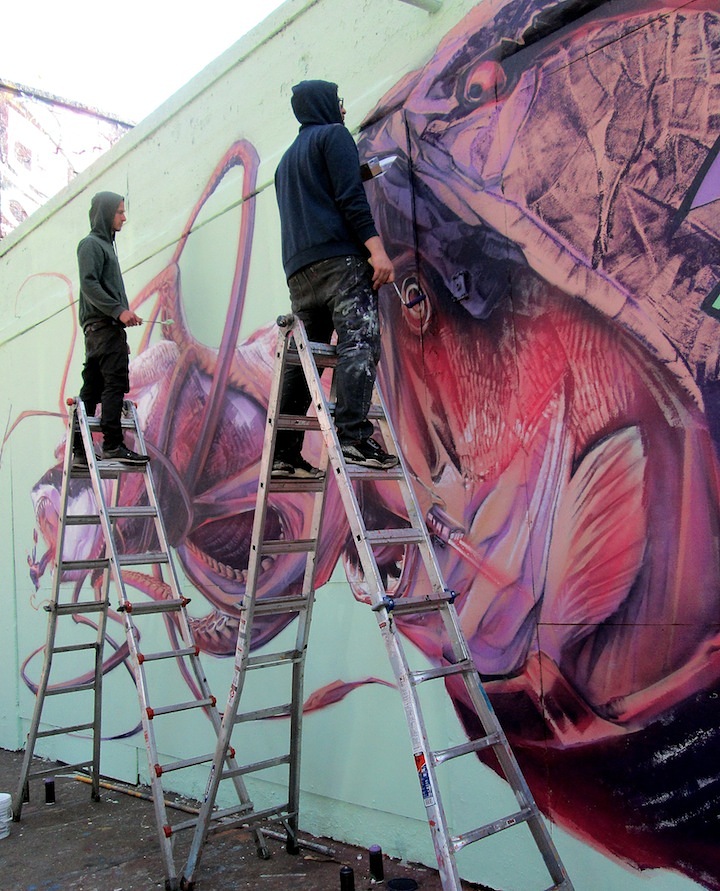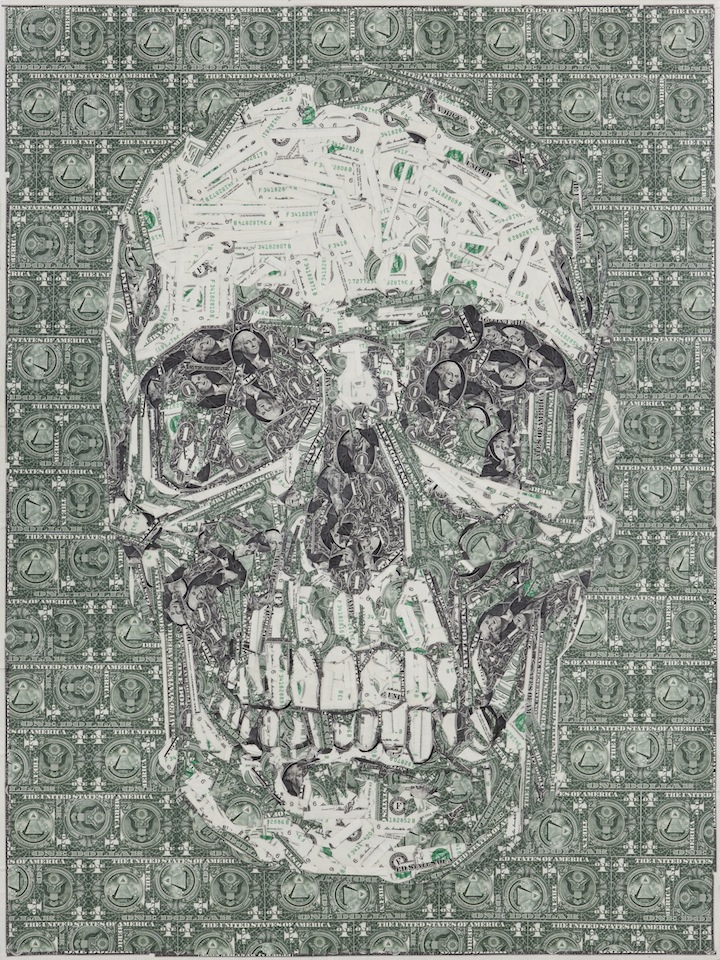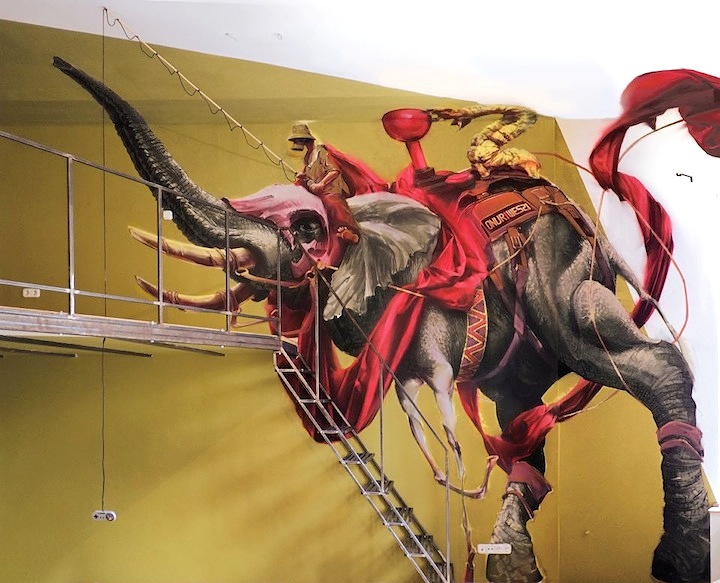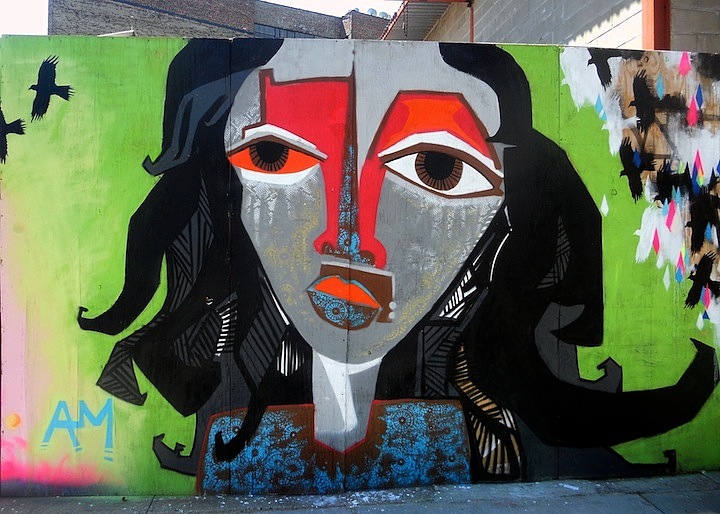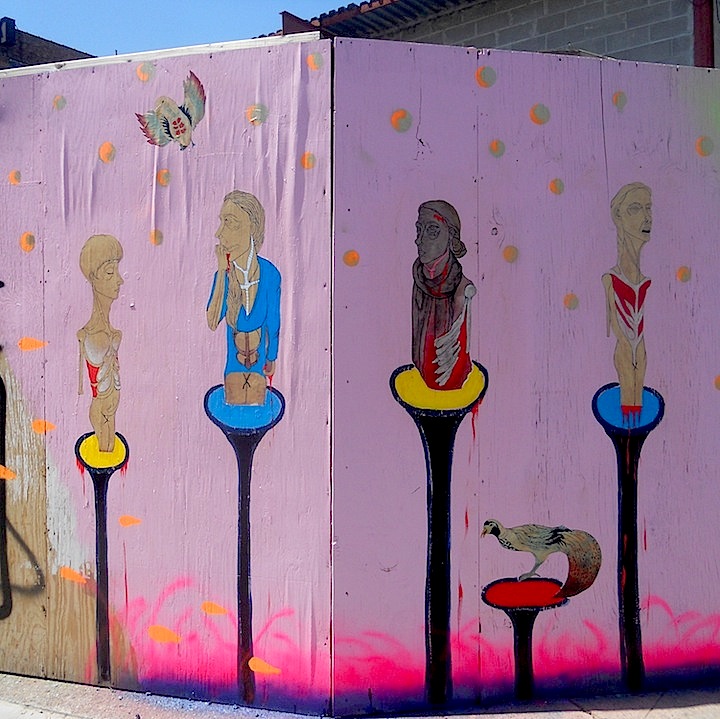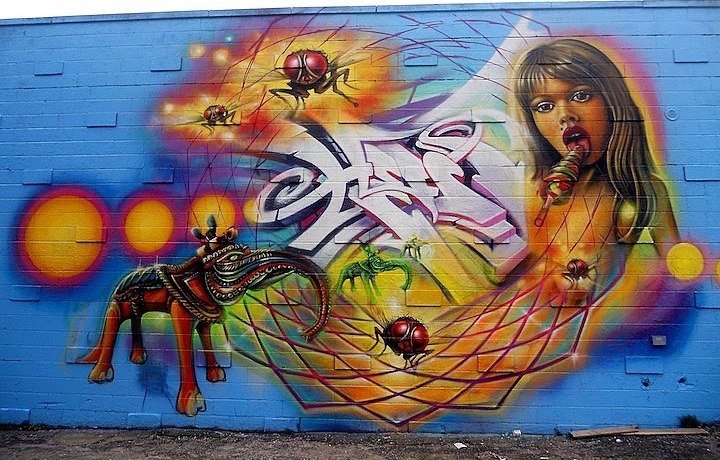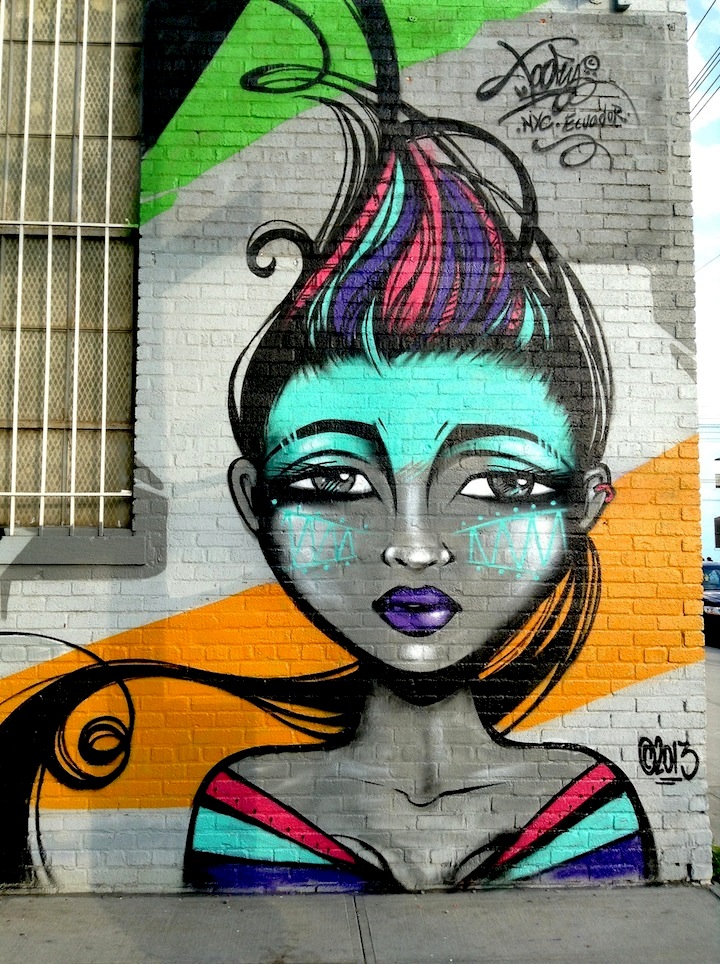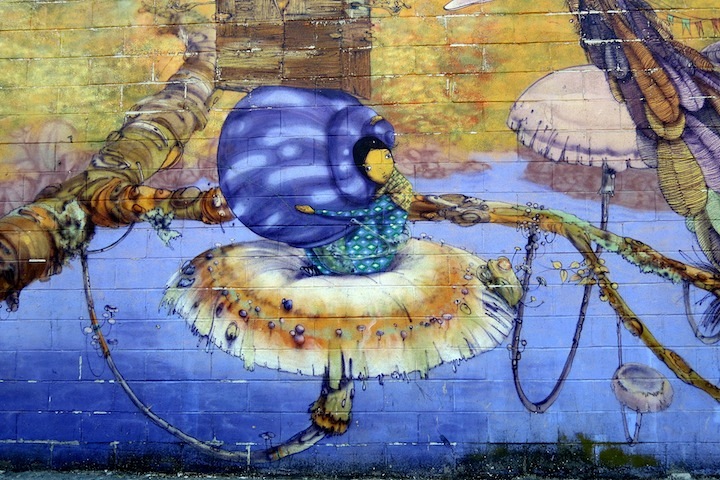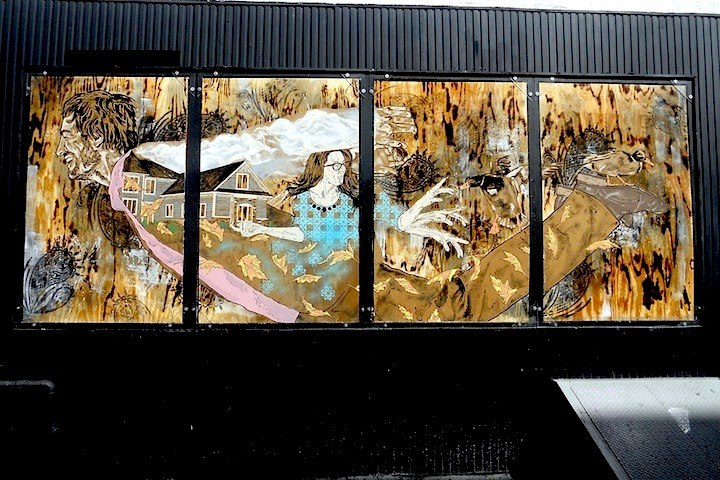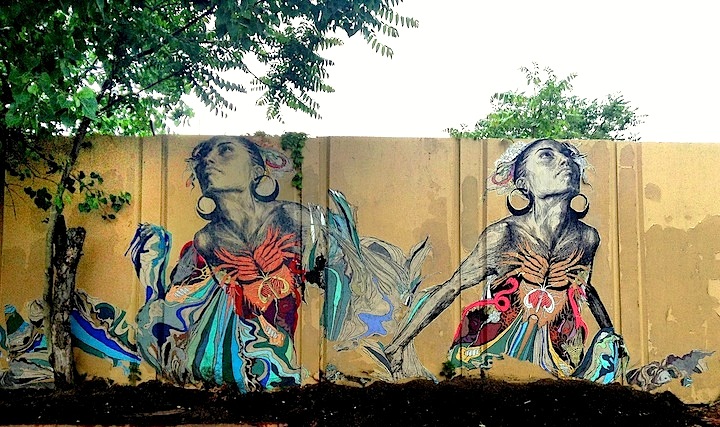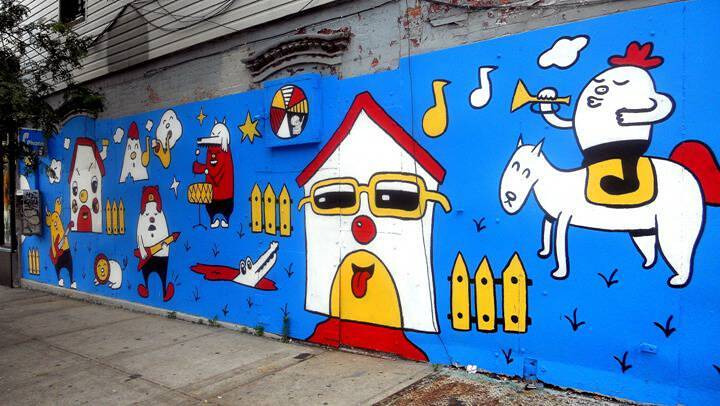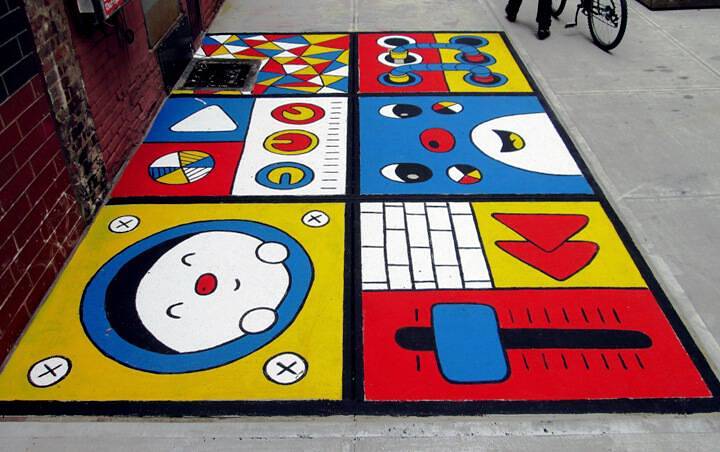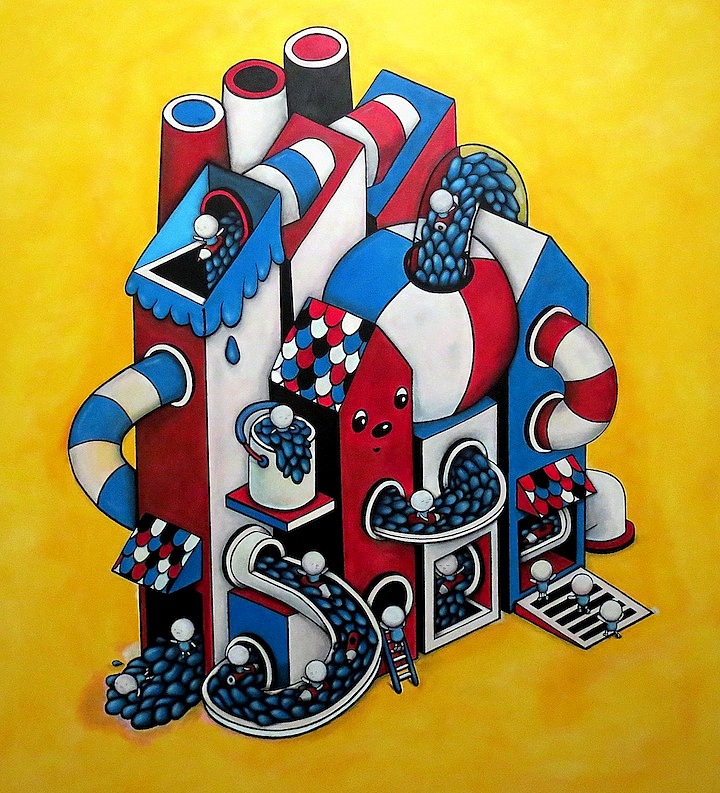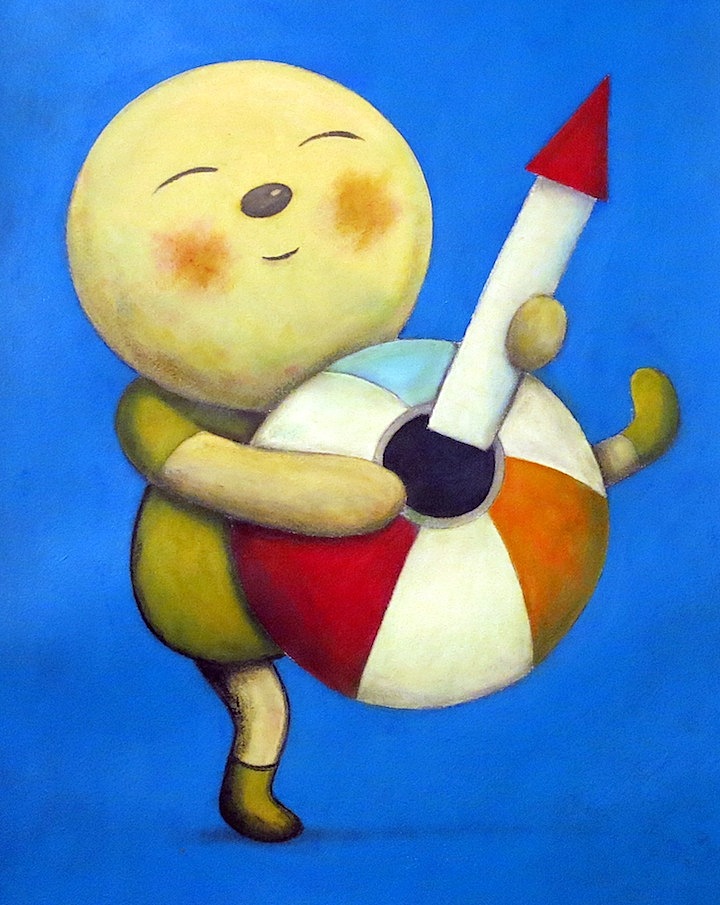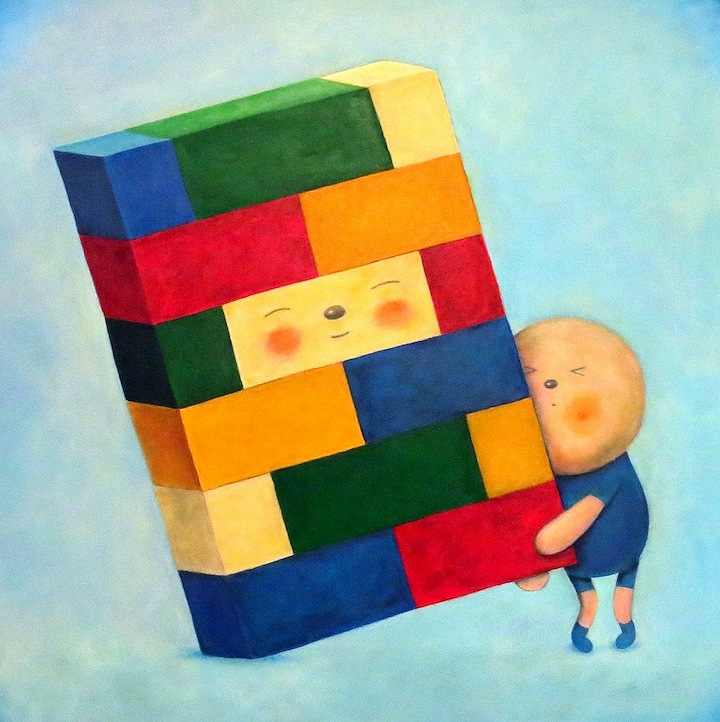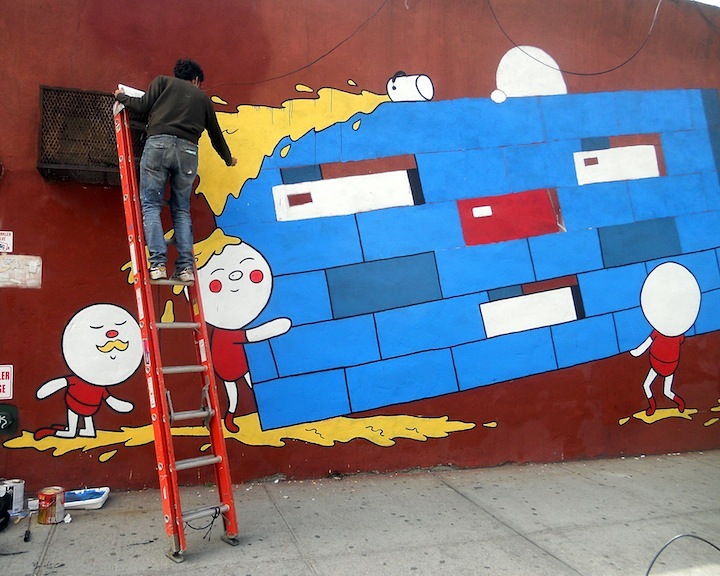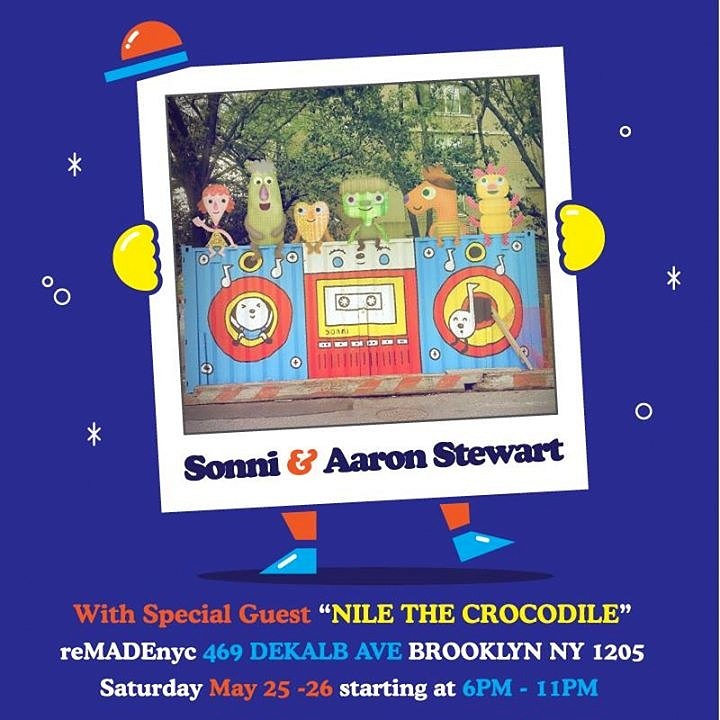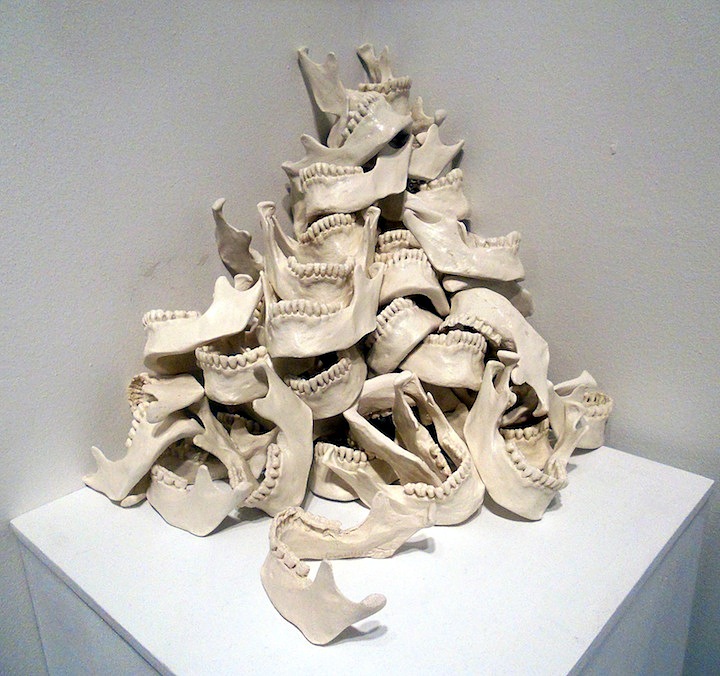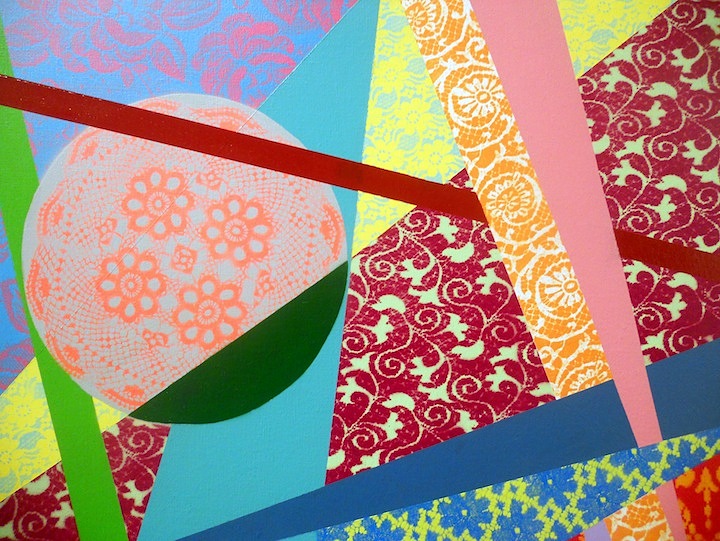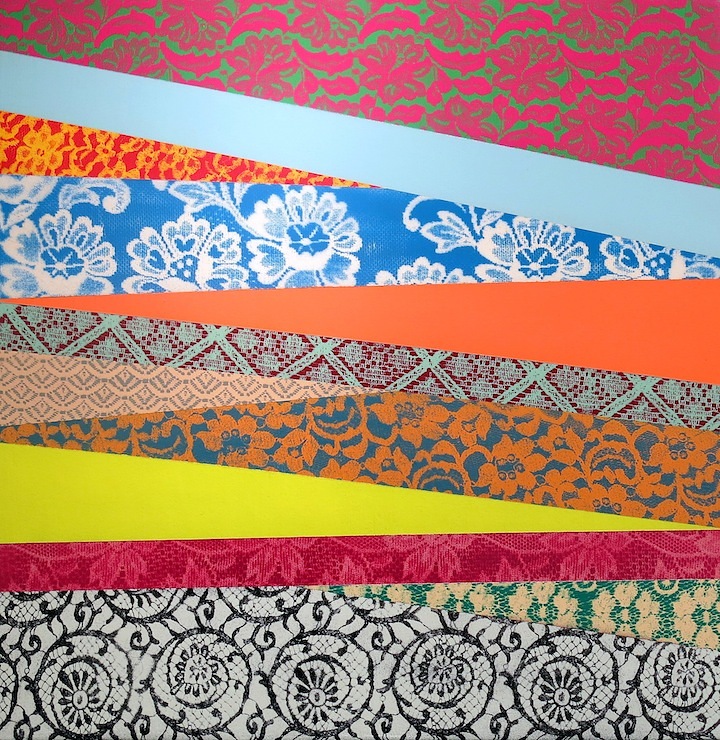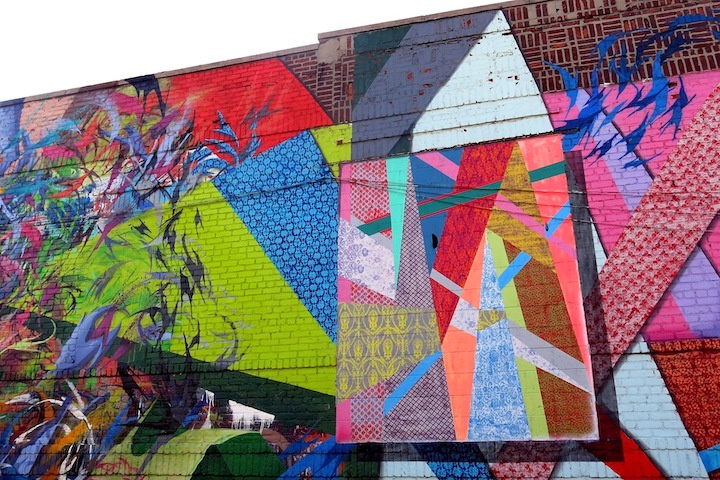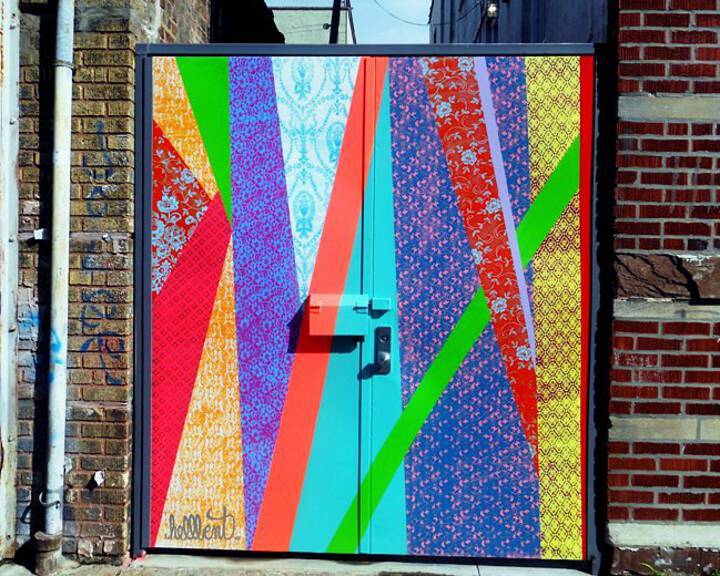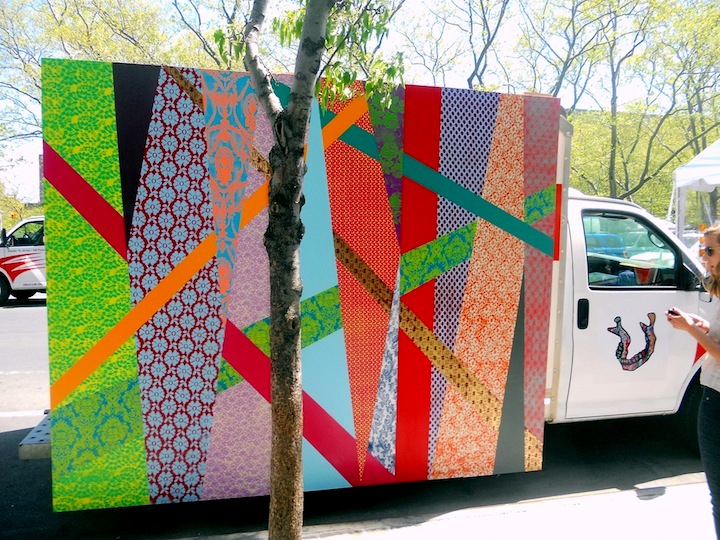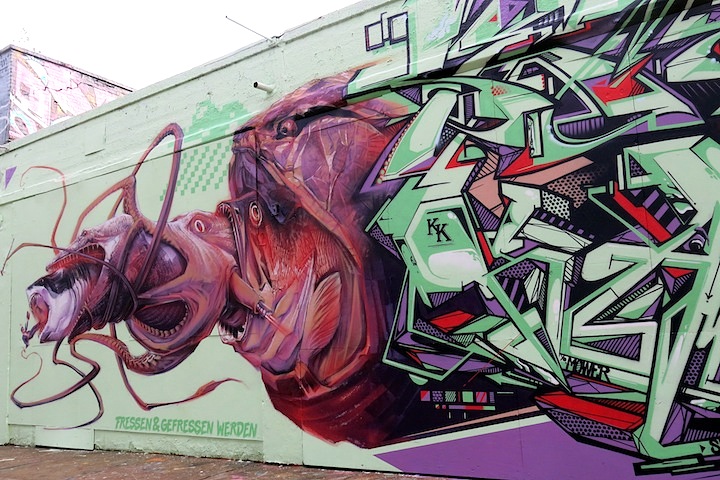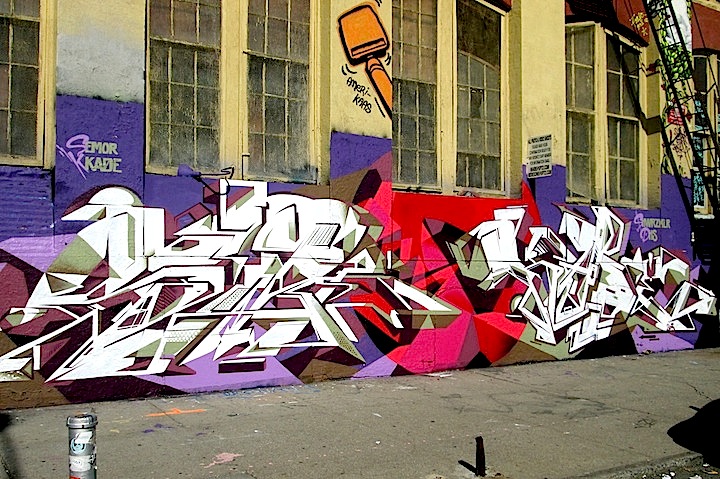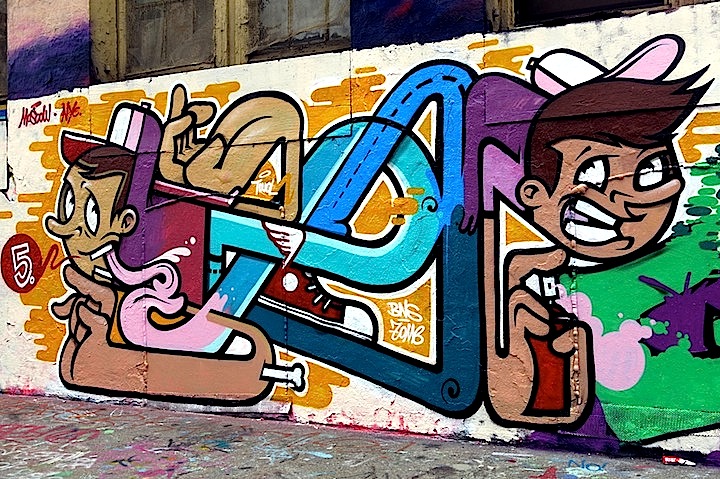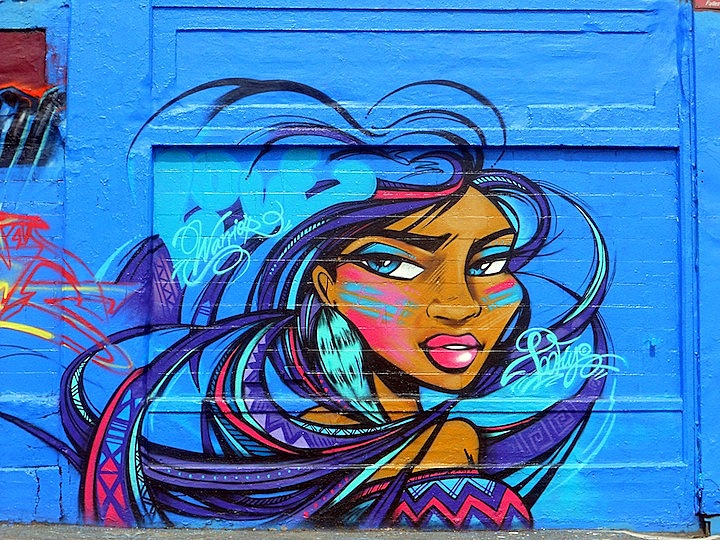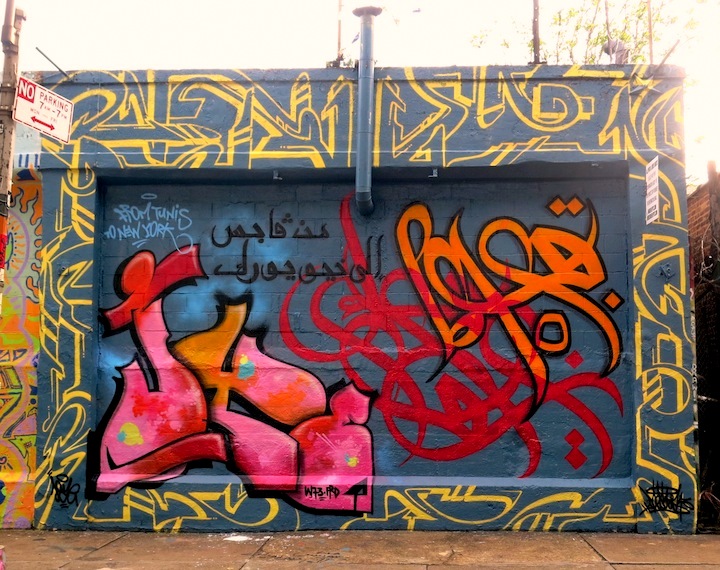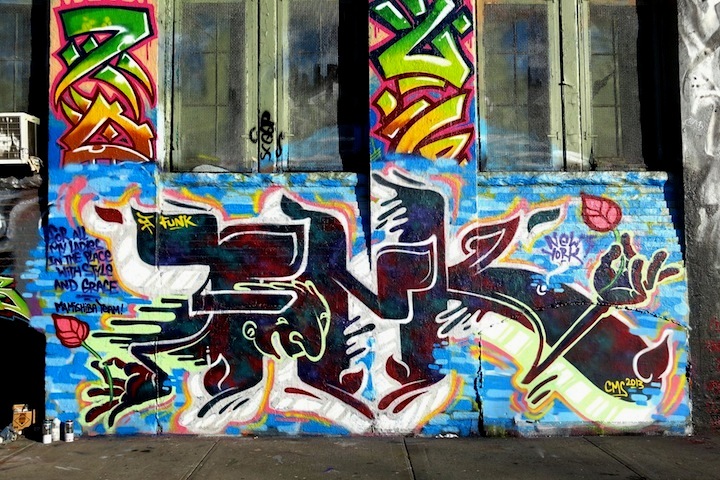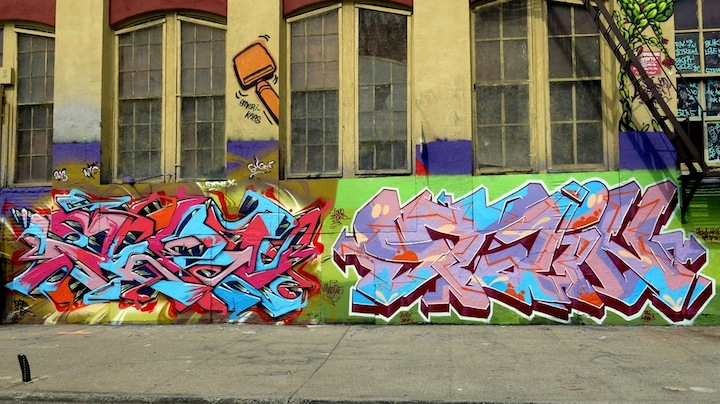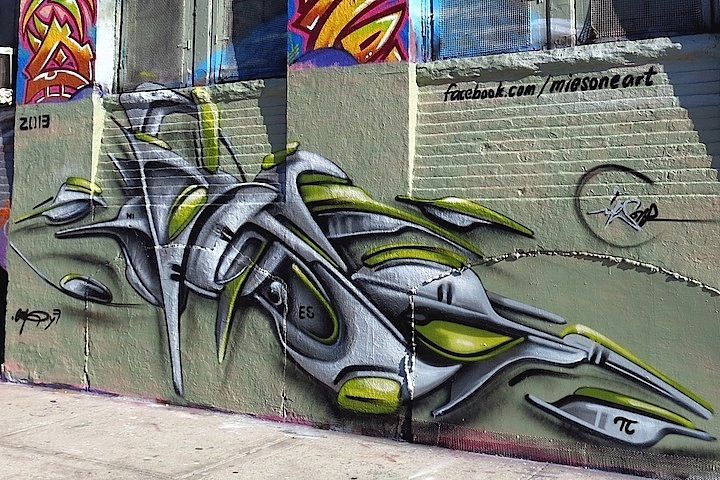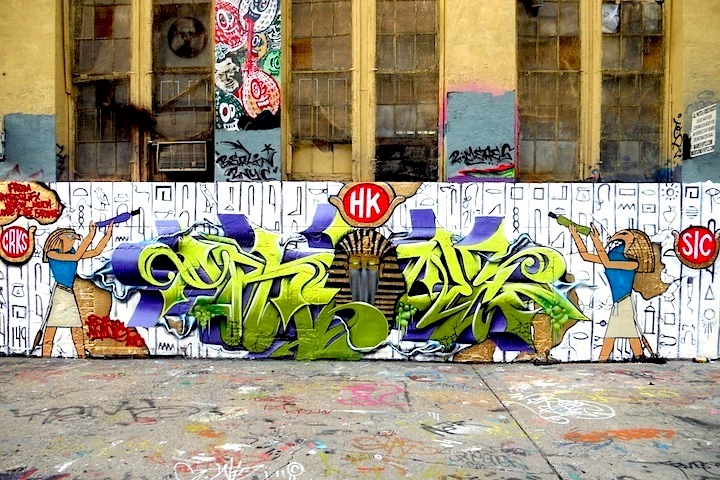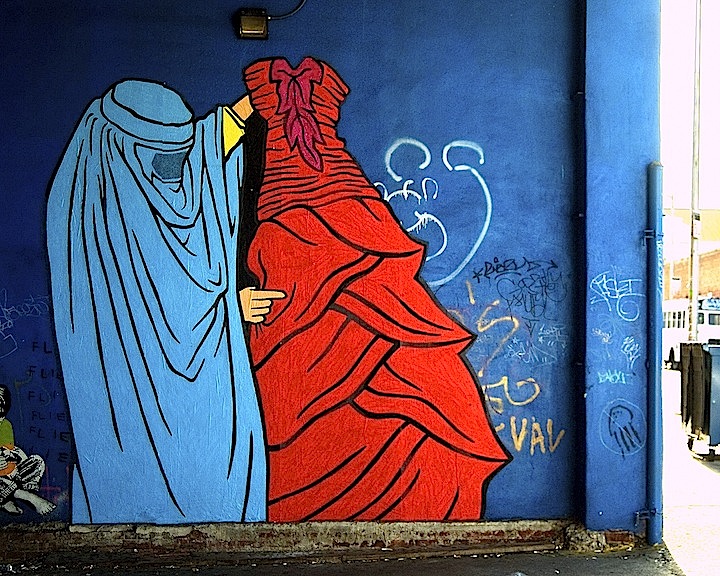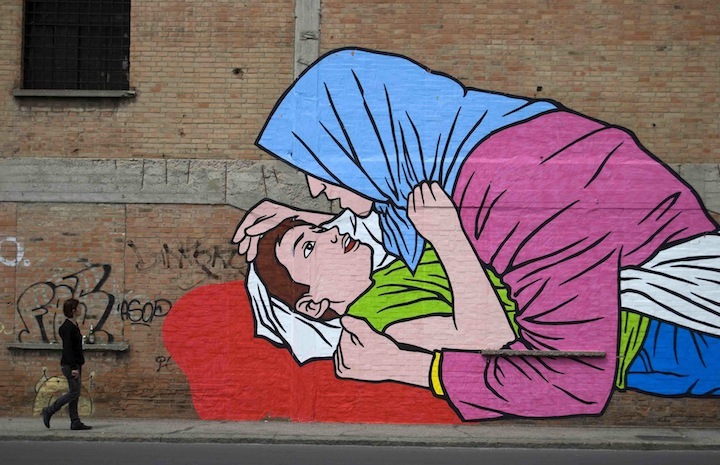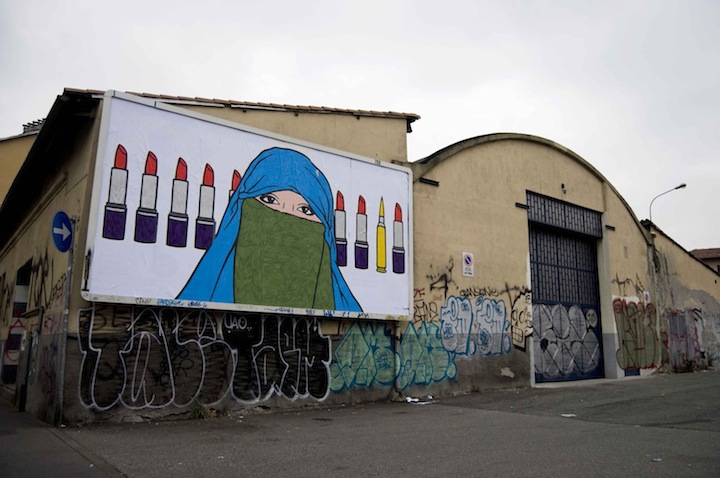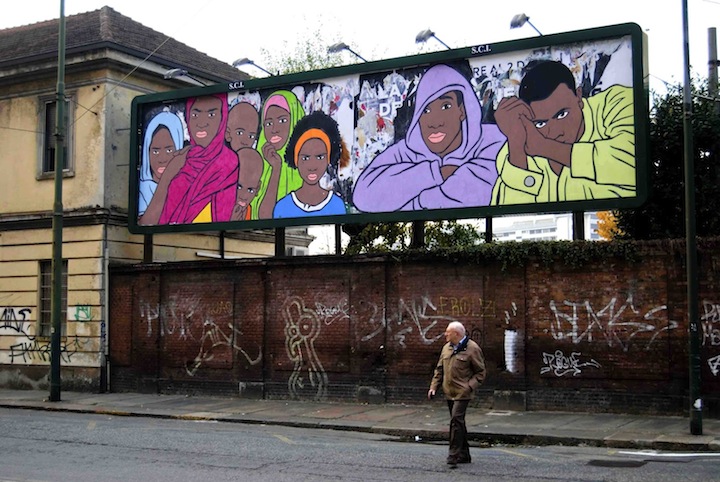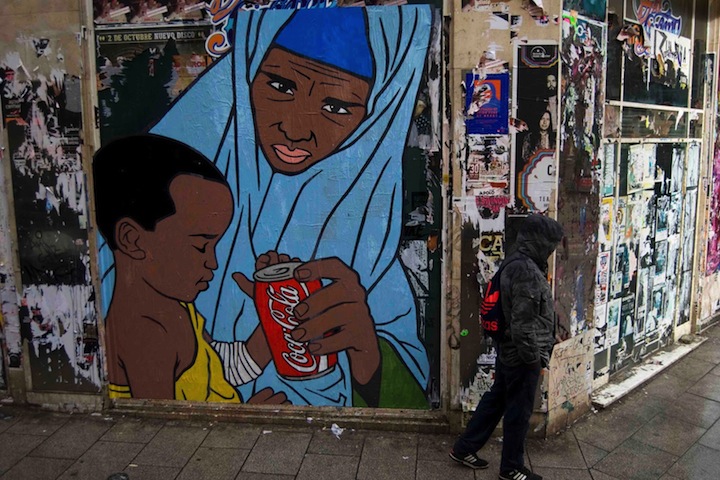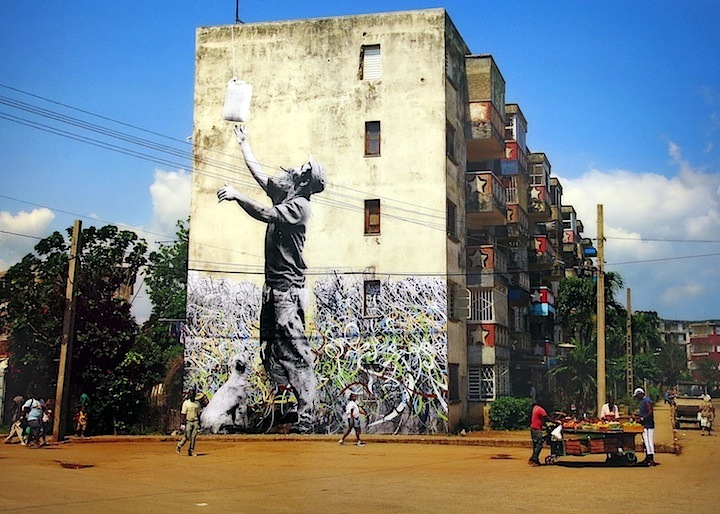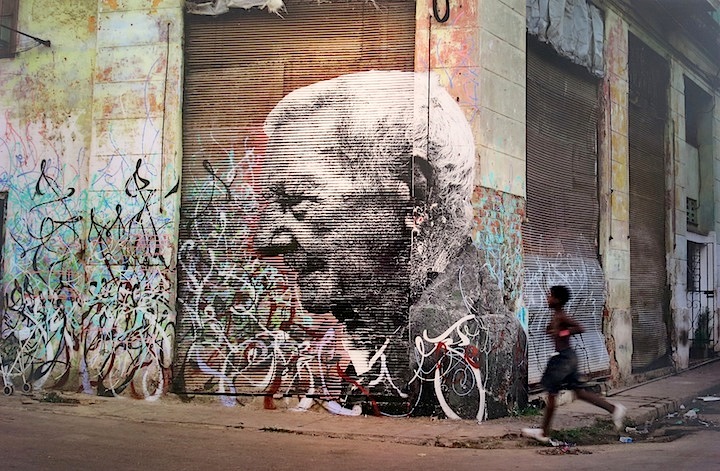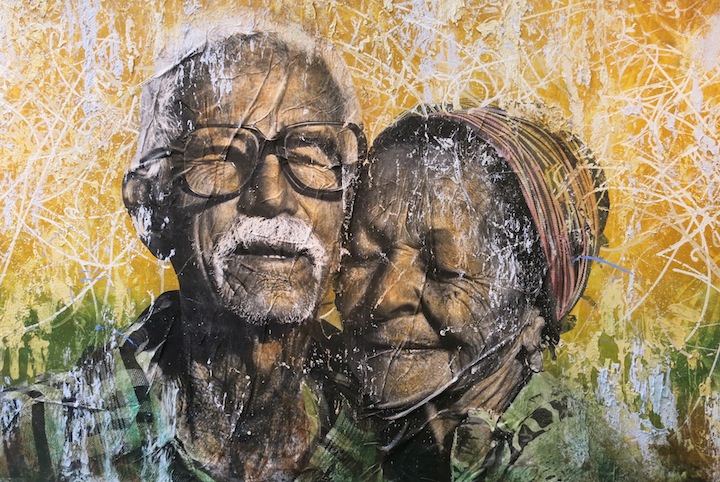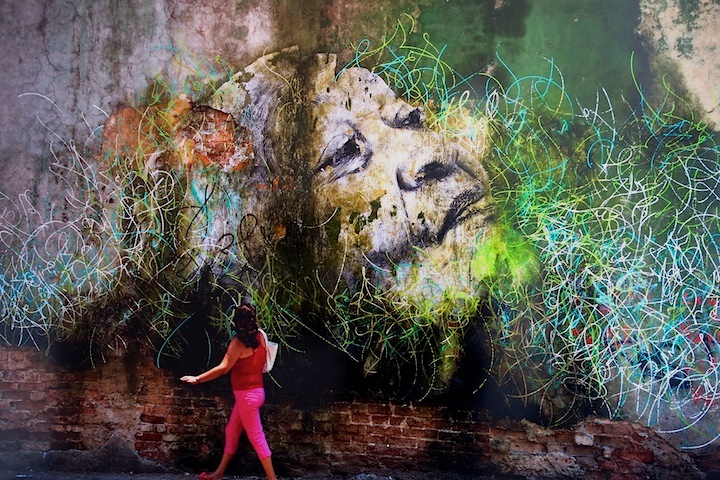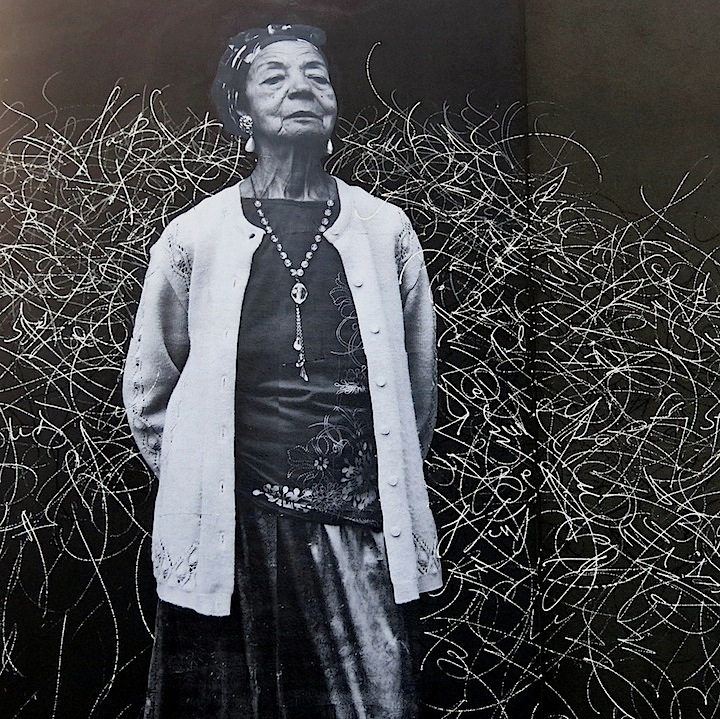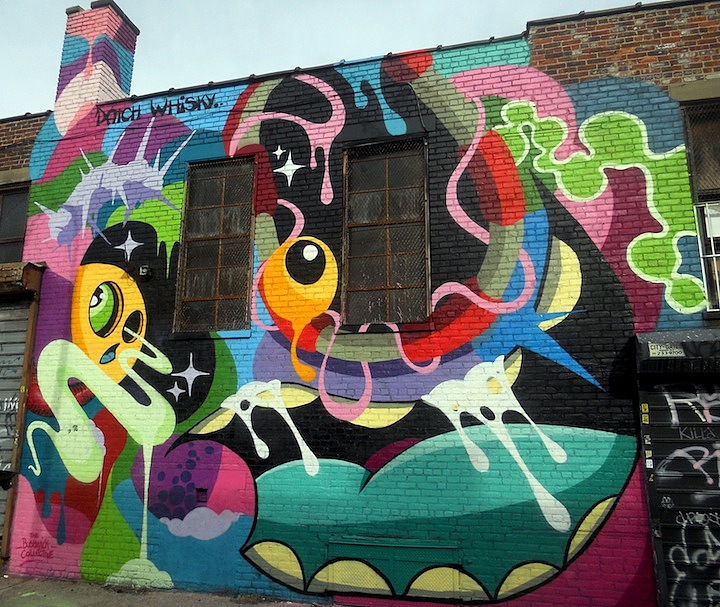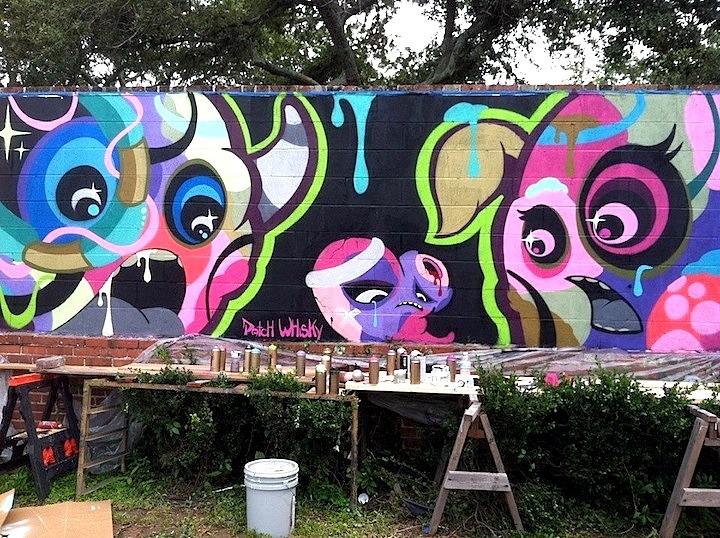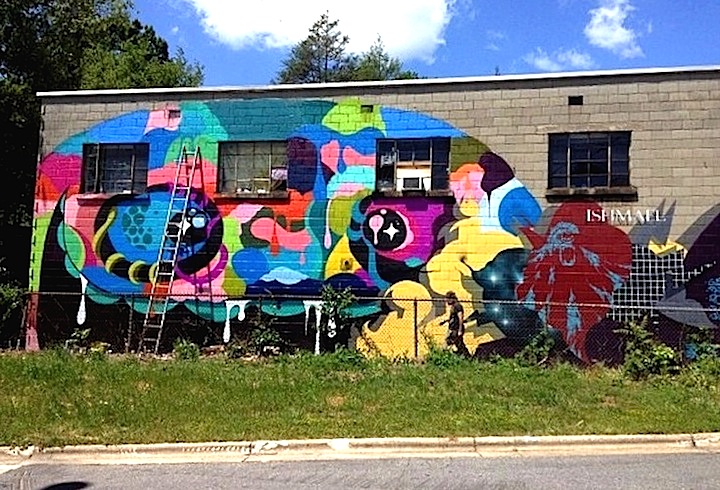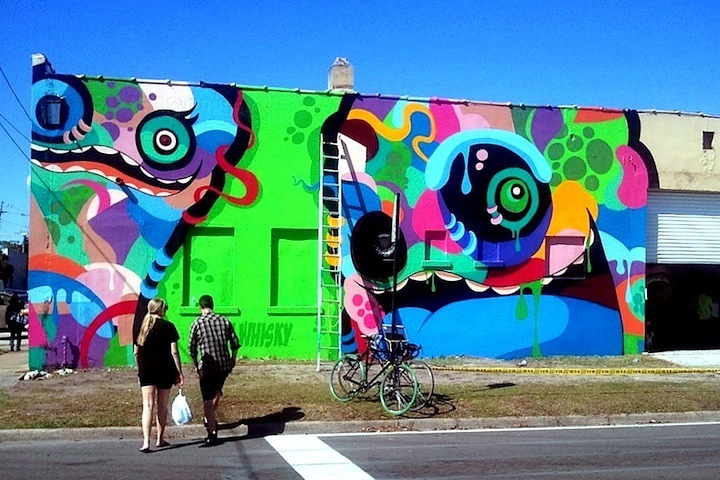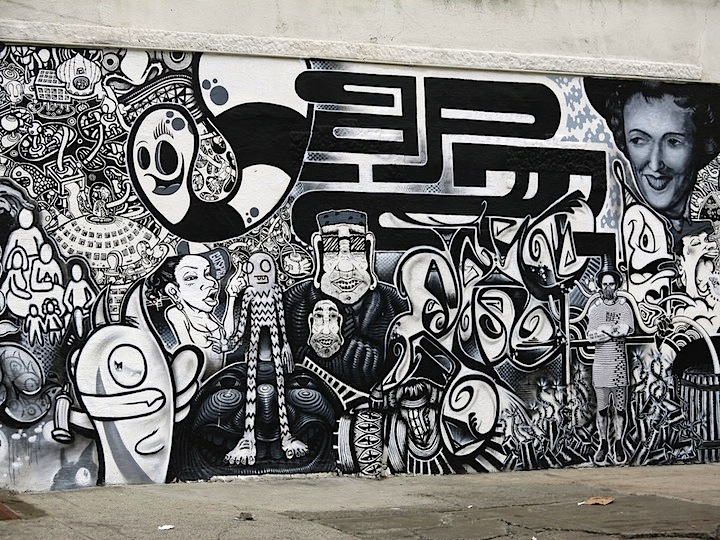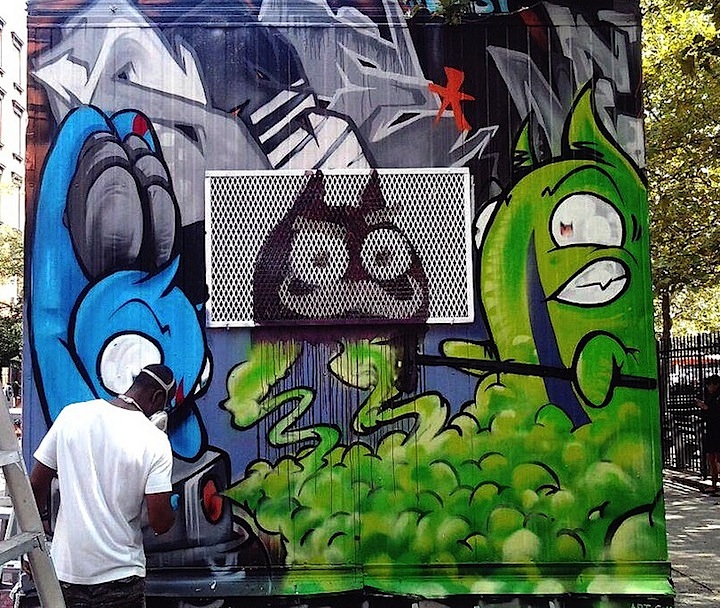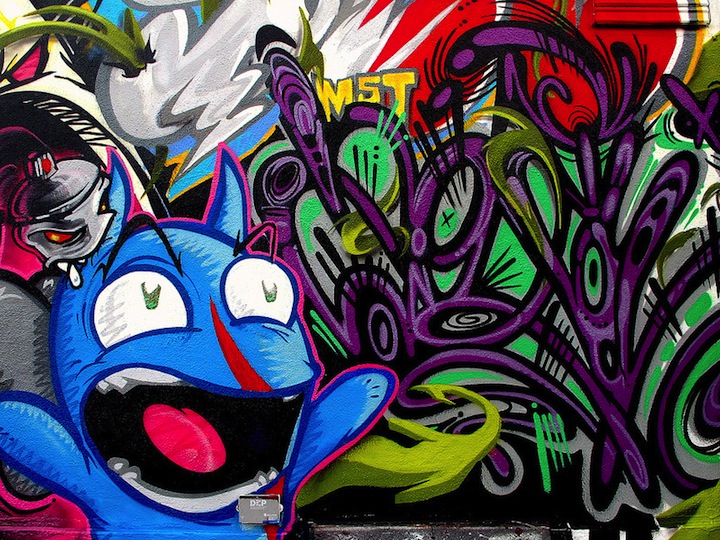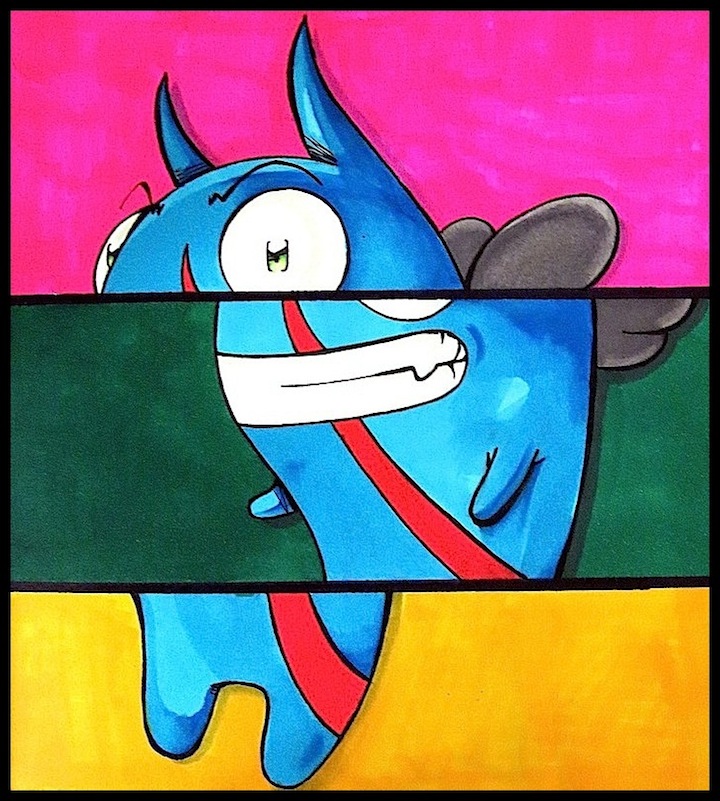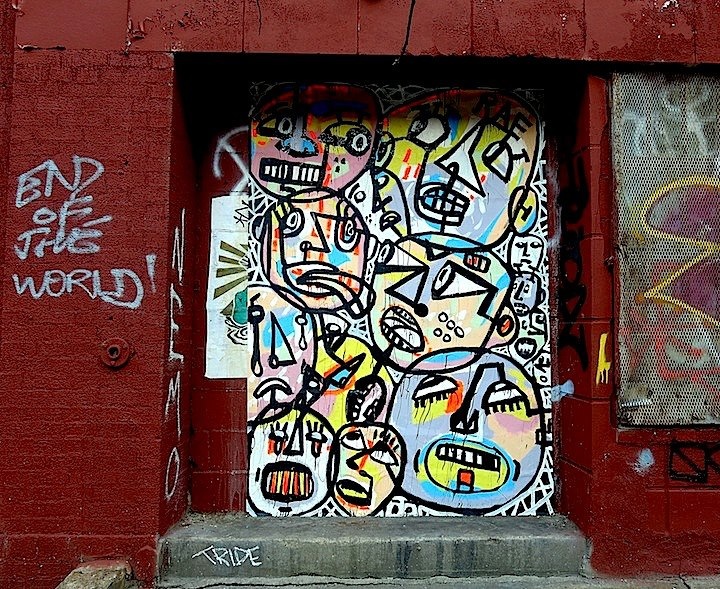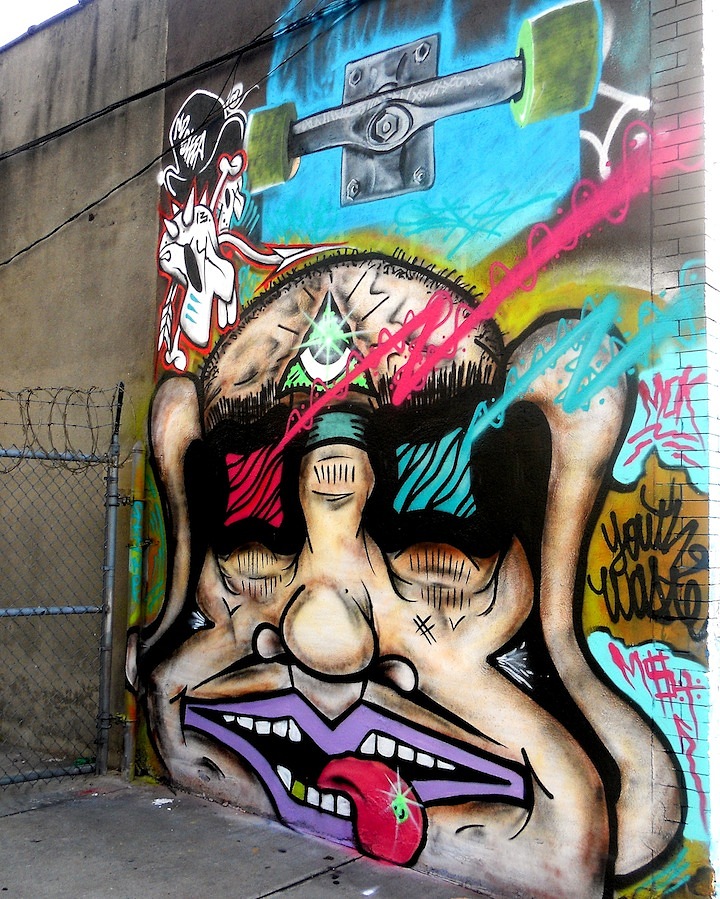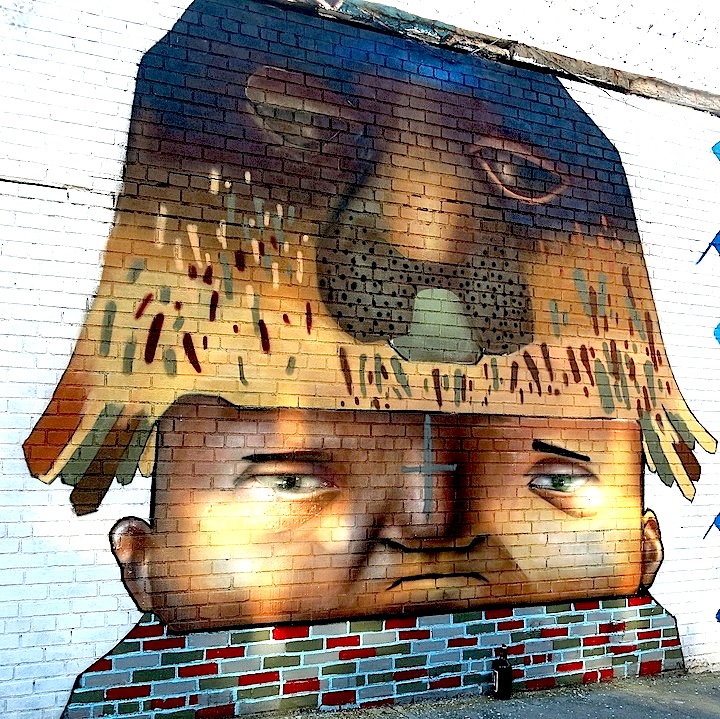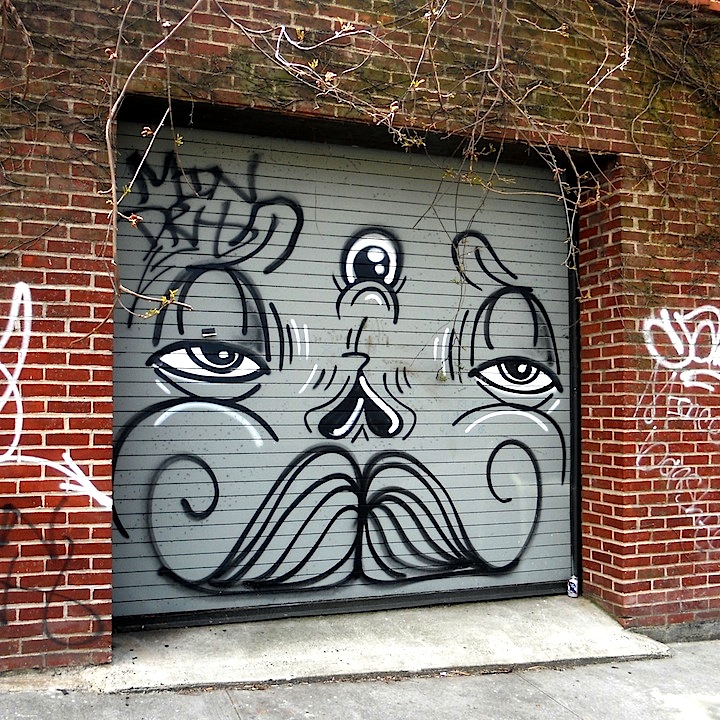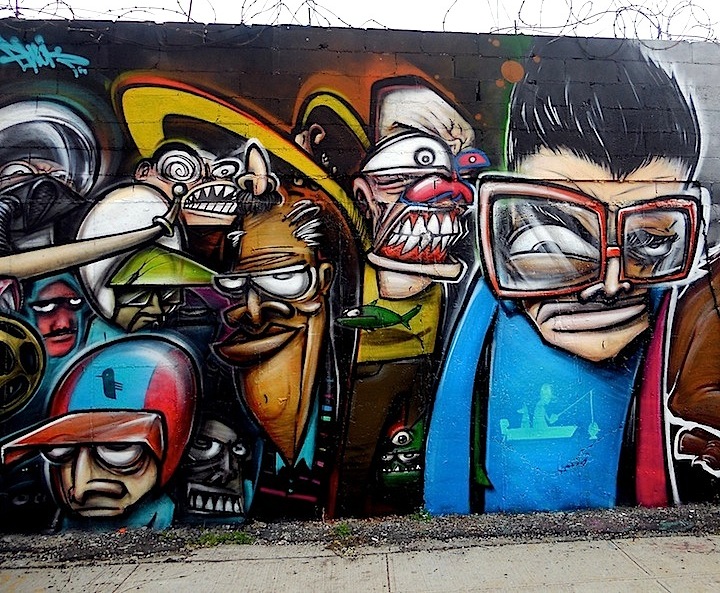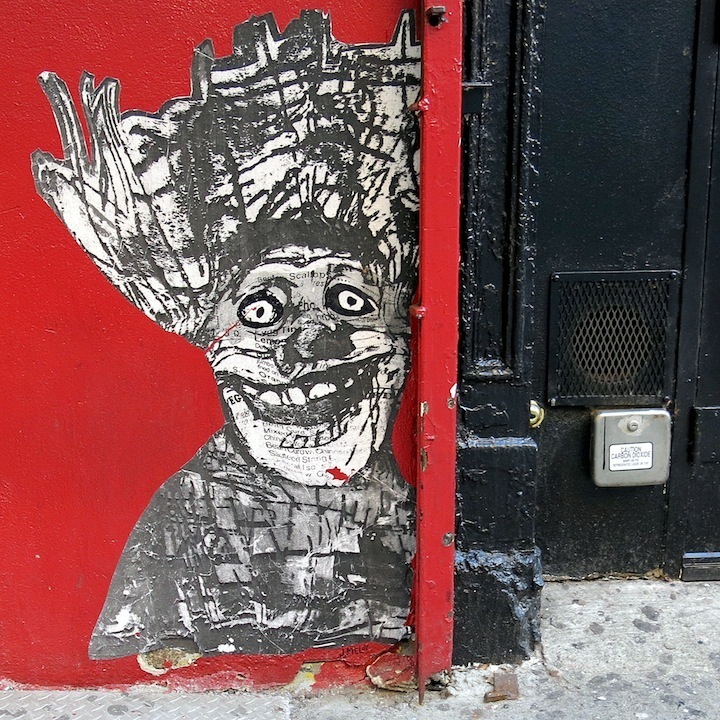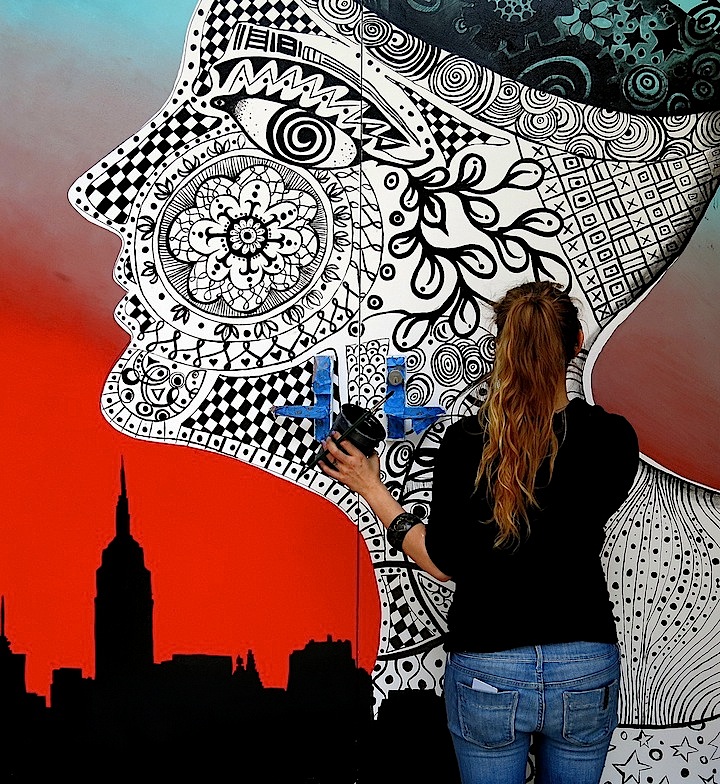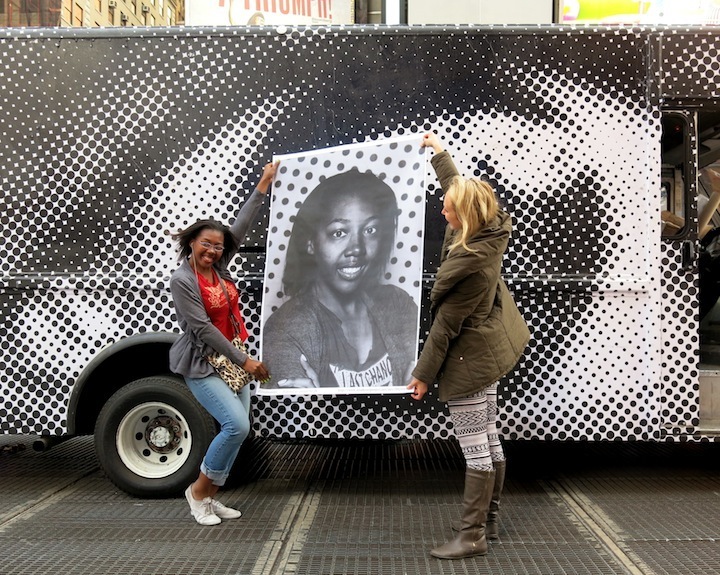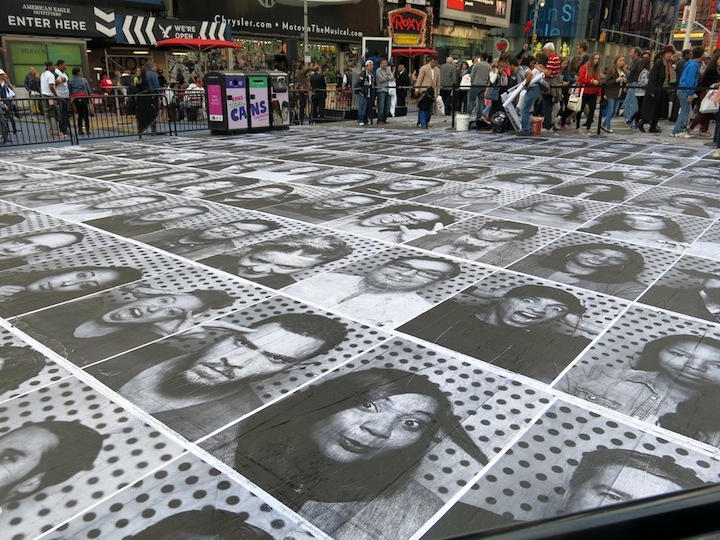We discovered the wonderfully talented Onur Dinc while he was painting over at 5Pointz during his recent visit to NYC. We were delighted to have the opportunity to speak to him before he returned to his home in Switzerland.
Your artwork that has surfaced here at 5Pointz is exquisite. Have you a formal art education?
I apprenticed as a painter in my late teens. Then I studied set-design for four years in Solothum and graphic design for another three in Basel.
And when did you begin sharing your talents in public spaces?
Five years ago. That’s when I met Wes21 and KKade of the Schwarzmaler collective
We’re so glad you guys met! How do you feel about working outdoors in the public sphere?
It’s great. I love it, and I love meeting the many people who stop by.
How does your family feel about what you are doing? Are they supportive?
At first my parents didn’t encourage me. They were quite concerned. My dad, who had emigrated from Turkey to Switzerland, worked in a factory his entire life and felt uneasy about my not having a steady job. But these days, everyone in my family is proud of me and supportive.
What is your principal source of income these days?
Selling canvases and prints.
What about exhibits? When did you begin exhibiting your work in galleries? And where have you shown it?
I began six years ago when I was 27. I’ve exhibited in all of Switzerland’s major cities and in Germany.
Who are some of the artists who have inspired you?
The late Swiss painter, Ferdinand Hodler, and the contemporary Australian artist, Jeremy Geddess, come to mind. The American painter and photographer, Chuck Close, and the people around me — like Wes21, Schwarzmaler, Jörg Müller and Rodja Galli — have also influenced me.
What about artists getting up in public spaces? Have you any favorites?
I think Roa is wonderful. His skills are remarkable.
How do you feel about the role of the Internet in all this?
There’s too much information out there. There’s lots of dope work, but there’s also too much trash.
Any thoughts about artists — particularly street artists – working with corporations and brands?
I’ve done it, and I don’t like it. I often felt like I was selling myself.
What do you see as the role of the artist in society?
I see the artist as society’s commentator and conscience, as well as its mirror.
What’s ahead?
I’d like to continue doing what I’m doing now. Painting both in my studio and in public spaces, exhibiting and traveling.
Good luck and we are eagerly awaiting your next visit to NYC.
Photo of Onur and Wes21 at work by Lenny Collado; all other images are courtesy of Onur.
{ 3 comments }
